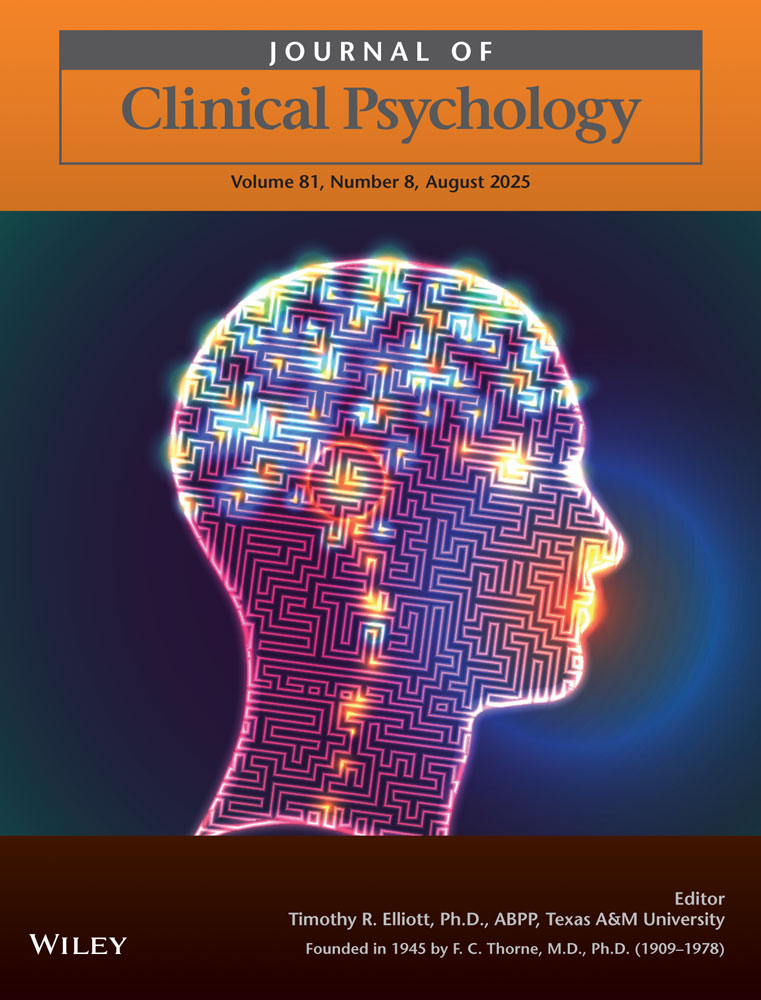The relationship of age to performance on the Luria-Nebraska Neuropsychological Battery
Abstract
The effect of age upon the Luria-Nebraska Neuropsychological Battery (LNNB) was studied by administering the LNNB and the Wechsler Adult Intelligence Scale to three groups of subjects: A group aged 17–30, a group aged 50–55, and a group aged 65 and older. No subject had any history of brain pathology or psychotic emotional disturbance. Two of the Luria- Nebraska subtests, the Motor and Visual, showed a significant sex-effect in that males performed better than females. Age was related significantly to performance on 11 of 16 Luria Nebraska subscales; older subjects rather consistently showed poorer performance than younger subjects. When intelligence (i.e., Wechsler IQs) and education were controlled statistically, partial correlations still revealed that age had significant effects upon 13 of 16 Luria-Nebraska subscales. These results closely parallel earlier data that concern age-effects on the Luria-Nebraska Battery.




